38 in supervised learning class labels of the training samples are known
API Reference — scikit-learn 1.1.3 documentation API Reference¶. This is the class and function reference of scikit-learn. Please refer to the full user guide for further details, as the class and function raw specifications may not be enough to give full guidelines on their uses. For reference on concepts repeated across the API, see Glossary of Common Terms and API Elements.. sklearn.base: Base classes and utility functions¶ Time Series Forecasting as Supervised Learning 14.08.2020 · Take a look at the above transformed dataset and compare it to the original time series. Here are some observations: We can see that the previous time step is the input (X) and the next time step is the output (y) in our supervised learning problem.We can see that the order between the observations is preserved, and must continue to be preserved when using this …
How to Convert a Time Series to a Supervised Learning Problem in Python 07.05.2017 · For more on this topic, see the post: Time Series Forecasting as Supervised Learning; Pandas shift() Function. A key function to help transform time series data into a supervised learning problem is the Pandas shift() function.. Given a DataFrame, the shift() function can be used to create copies of columns that are pushed forward (rows of NaN values …

In supervised learning class labels of the training samples are known
Supervised and Unsupervised Machine Learning Algorithms 15.03.2016 · You can also use supervised learning techniques to make best guess predictions for the unlabeled data, feed that data back into the supervised learning algorithm as training data and use the model to make predictions on new unseen data. Summary. In this post you learned the difference between supervised, unsupervised and semi-supervised ... A survey on semi-supervised learning | SpringerLink 15.11.2019 · Semi-supervised learning is the branch of machine learning concerned with using labelled as well as unlabelled data to perform certain learning tasks. Conceptually situated between supervised and unsupervised learning, it permits harnessing the large amounts of unlabelled data available in many use cases in combination with typically smaller sets of … Machine learning - Wikipedia Machine learning (ML) is a field of inquiry devoted to understanding and building methods that 'learn', that is, methods that leverage data to improve performance on some set of tasks. It is seen as a part of artificial intelligence.Machine learning algorithms build a model based on sample data, known as training data, in order to make predictions or decisions without being explicitly ...
In supervised learning class labels of the training samples are known. Supervised learning - Wikipedia A first issue is the tradeoff between bias and variance. Imagine that we have available several different, but equally good, training data sets. A learning algorithm is biased for a particular input if, when trained on each of these data sets, it is systematically incorrect when predicting the correct output for .A learning algorithm has high variance for a particular input if it predicts ... Weak supervision - Wikipedia Weak supervision is a branch of machine learning where noisy, limited, or imprecise sources are used to provide supervision signal for labeling large amounts of training data in a supervised learning setting. This approach alleviates the burden of obtaining hand-labeled data sets, which can be costly or impractical. Instead, inexpensive weak labels are employed with the … Machine Learning Glossary | Google Developers 07.11.2022 · 1,000,000 labels with class "green" 200 labels with class "purple" 350 labels with class "orange" See also entropy, majority class, and minority class. clipping. #fundamentals. A technique for handling outliers by doing either or both of the following: Reducing feature values that are greater than a maximum threshold down to that maximum threshold. Increasing … brief introduction to weakly supervised learning | National … Abstract. Supervised learning techniques construct predictive models by learning from a large number of training examples, where each training example has a label indicating its ground-truth output. Though current techniques have achieved great success, it is noteworthy that in many tasks it is difficult to get strong supervision information like fully ground-truth labels due to the …
Machine learning - Wikipedia Machine learning (ML) is a field of inquiry devoted to understanding and building methods that 'learn', that is, methods that leverage data to improve performance on some set of tasks. It is seen as a part of artificial intelligence.Machine learning algorithms build a model based on sample data, known as training data, in order to make predictions or decisions without being explicitly ... A survey on semi-supervised learning | SpringerLink 15.11.2019 · Semi-supervised learning is the branch of machine learning concerned with using labelled as well as unlabelled data to perform certain learning tasks. Conceptually situated between supervised and unsupervised learning, it permits harnessing the large amounts of unlabelled data available in many use cases in combination with typically smaller sets of … Supervised and Unsupervised Machine Learning Algorithms 15.03.2016 · You can also use supervised learning techniques to make best guess predictions for the unlabeled data, feed that data back into the supervised learning algorithm as training data and use the model to make predictions on new unseen data. Summary. In this post you learned the difference between supervised, unsupervised and semi-supervised ...



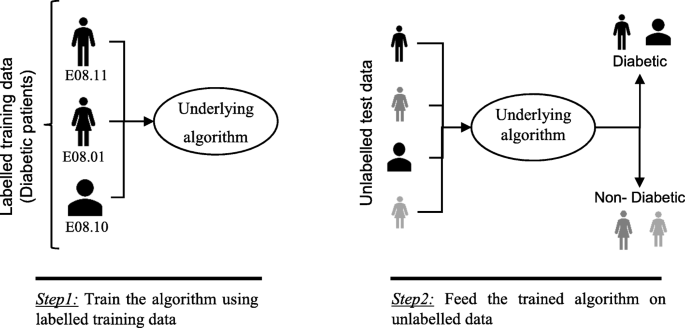

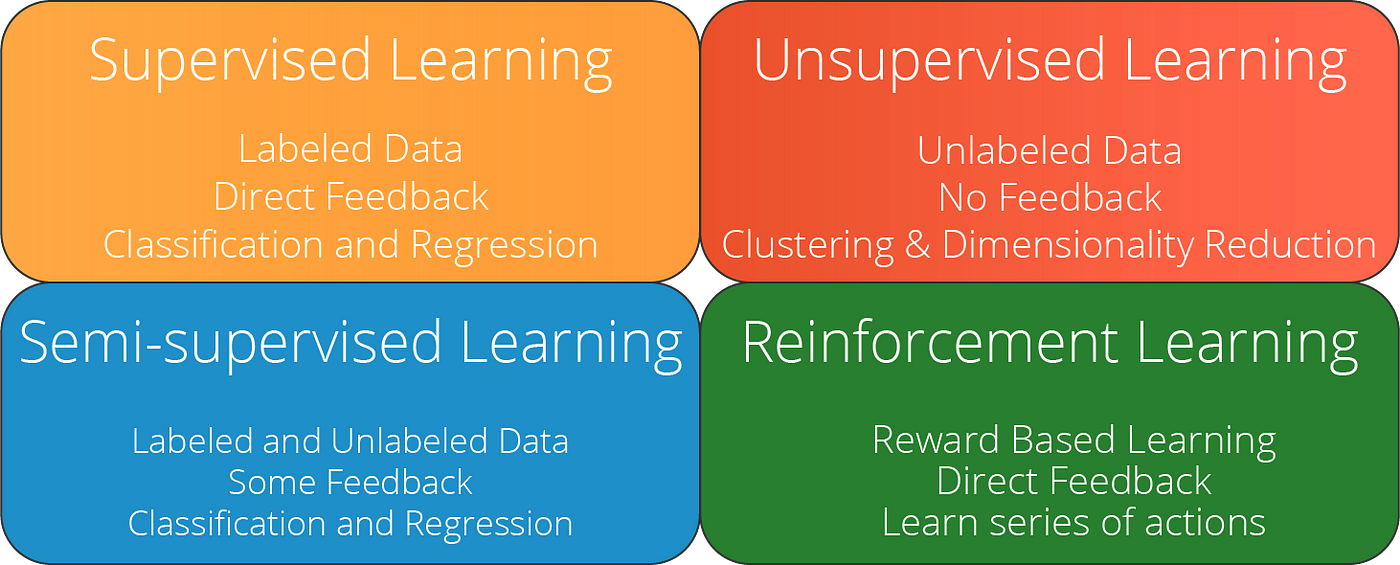
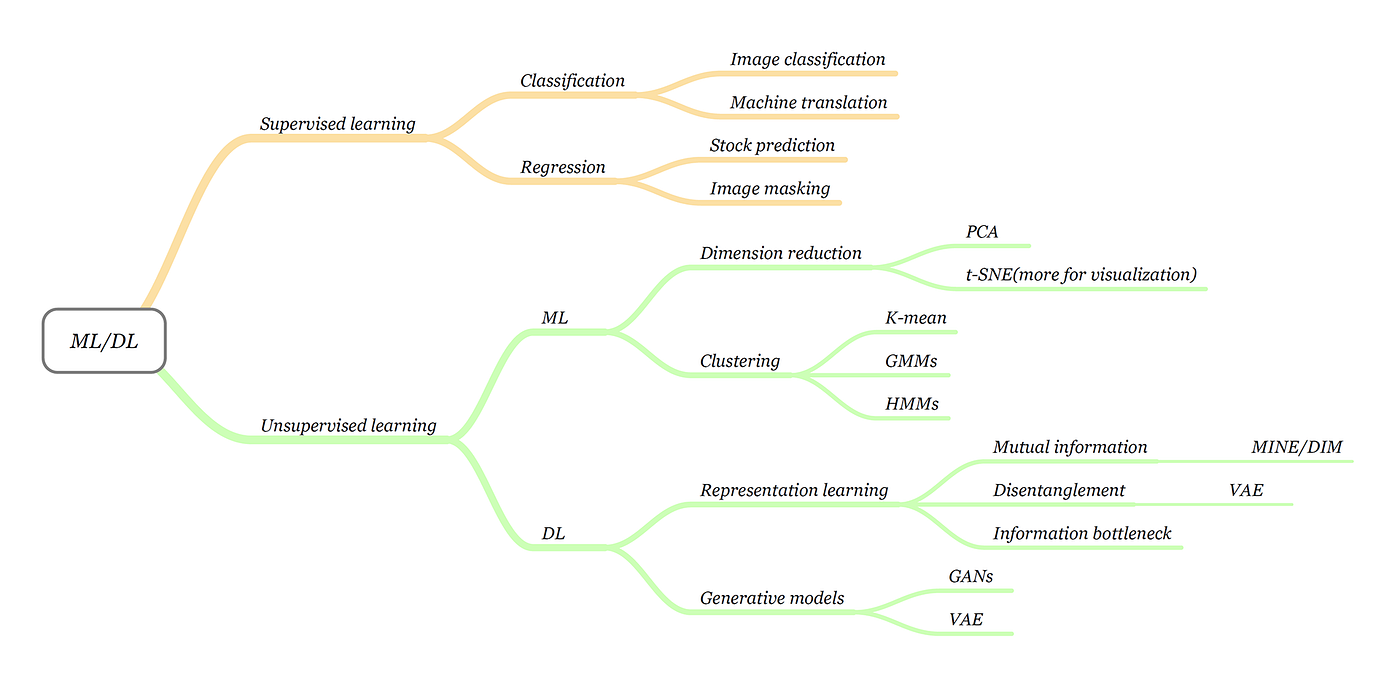





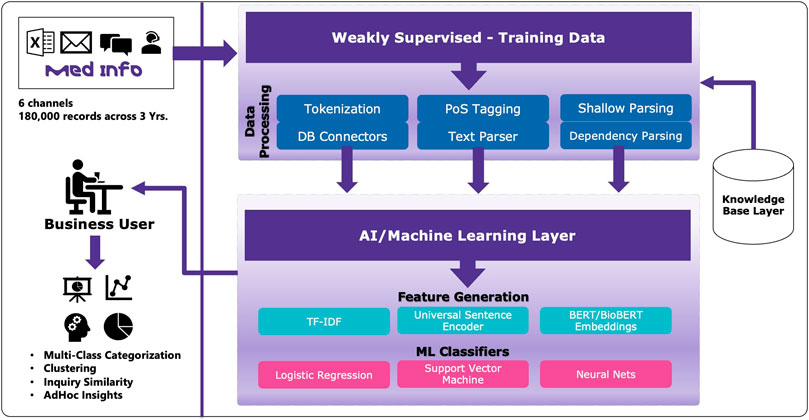
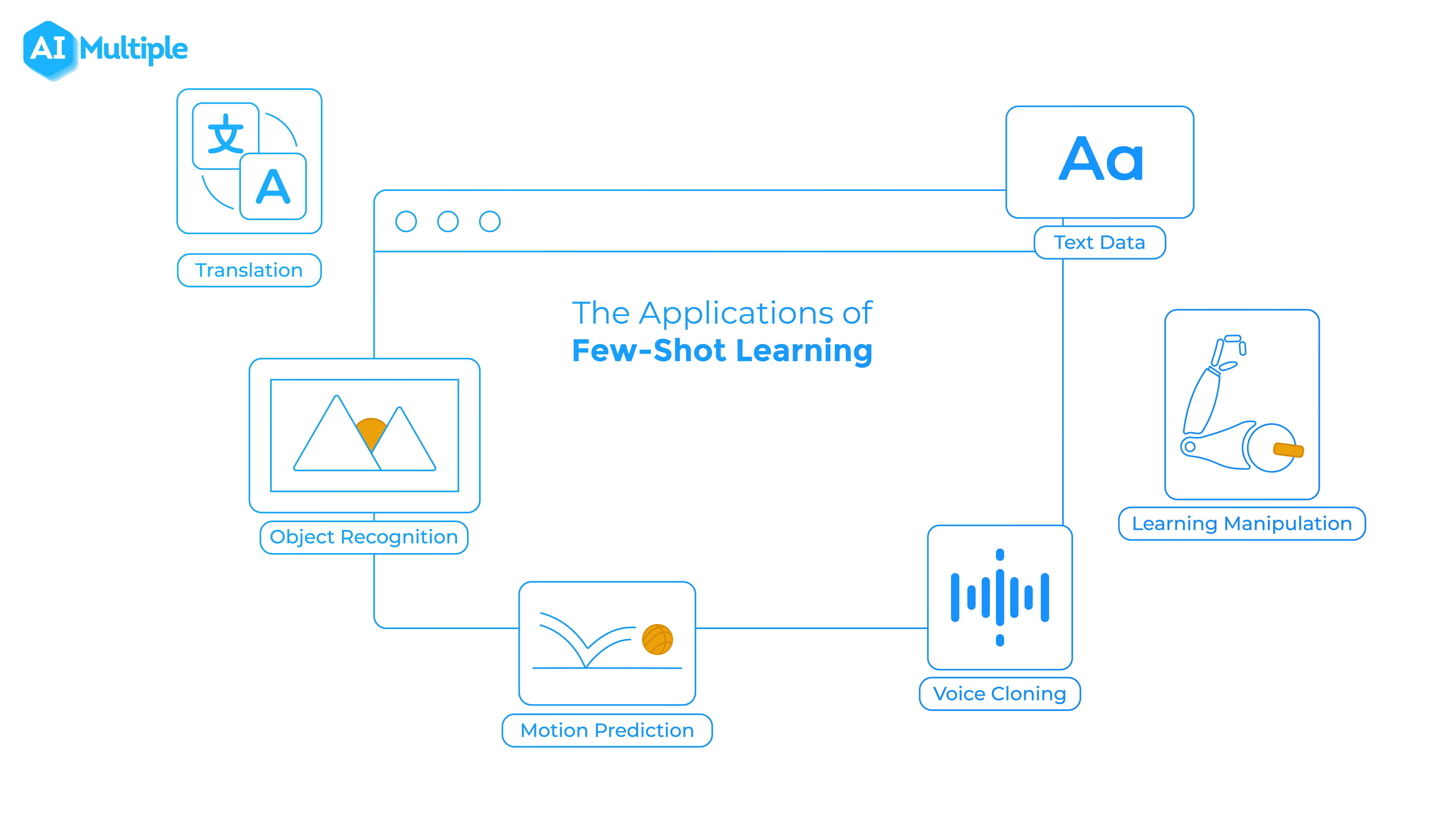
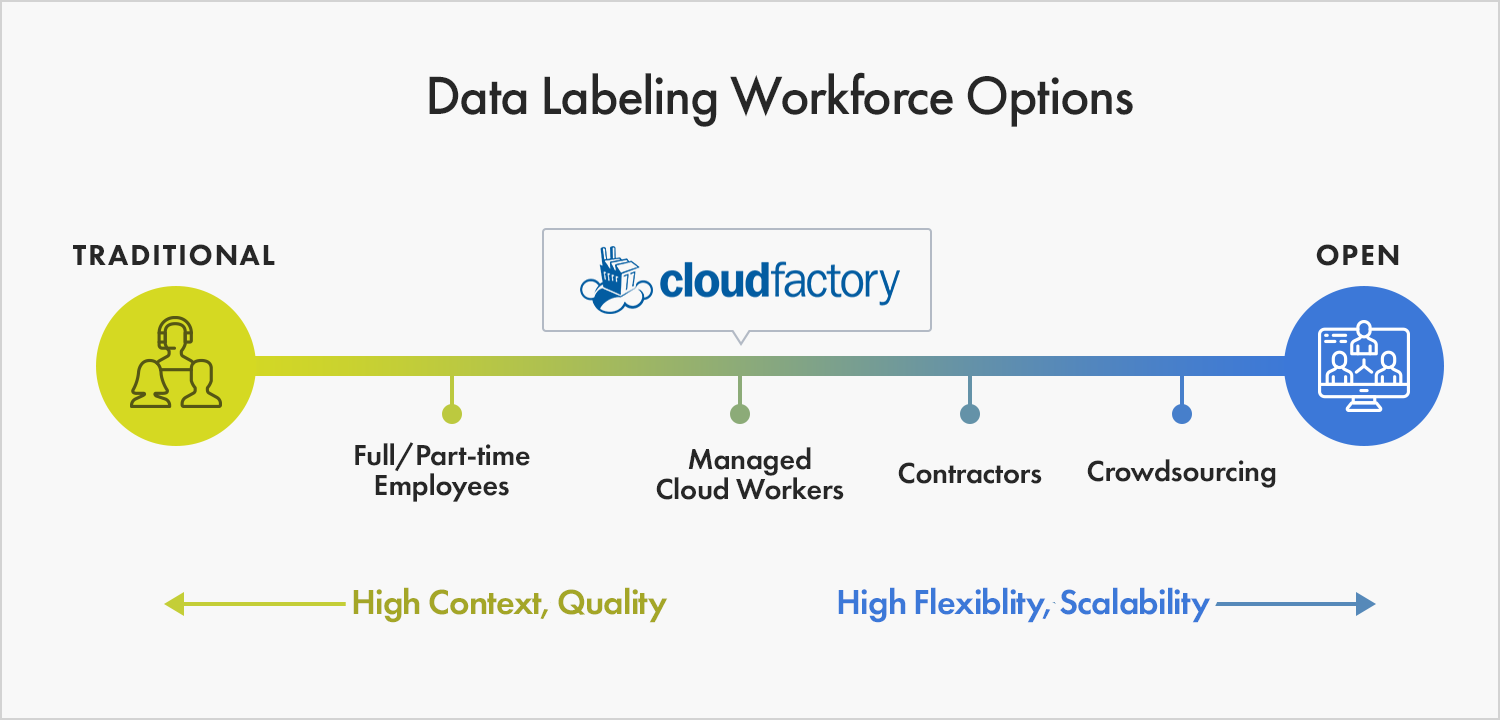
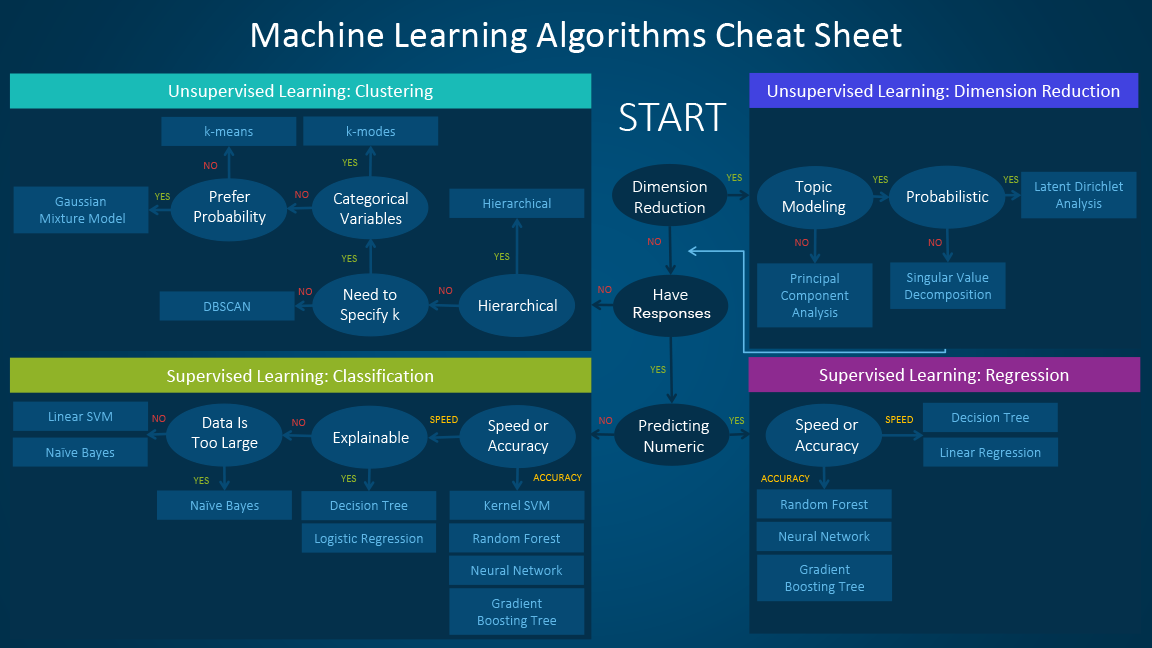

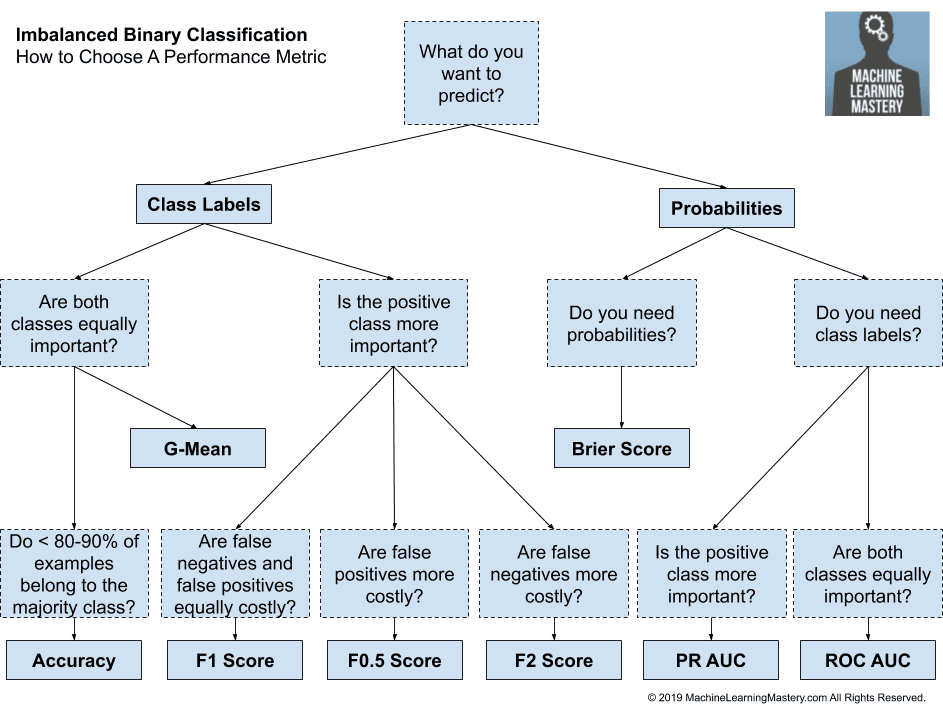
![Semi-Supervised Learning: Techniques & Examples [2022]](https://assets-global.website-files.com/5d7b77b063a9066d83e1209c/62d921590b694c70e0d4064a_IN%20TEXT%20ASSET%20-%20Purple-3.jpg)

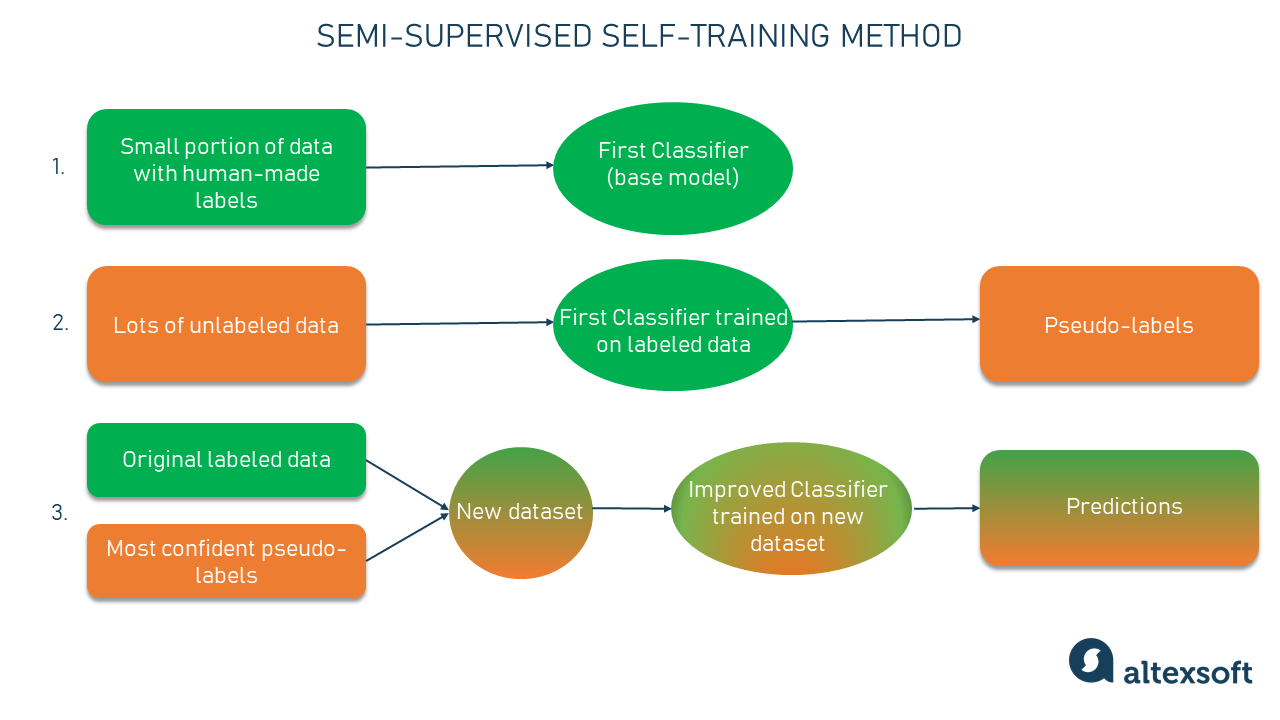
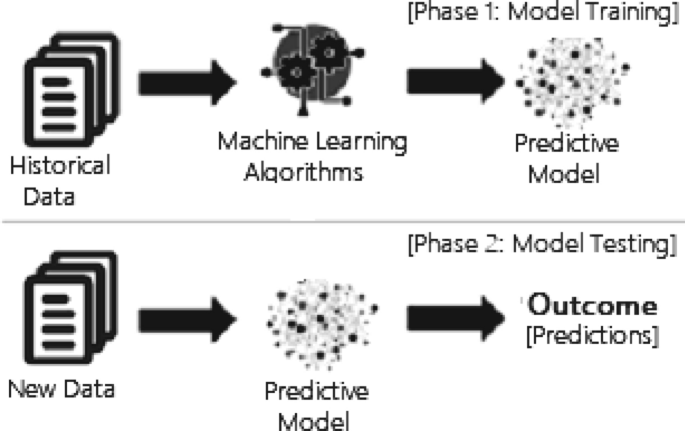

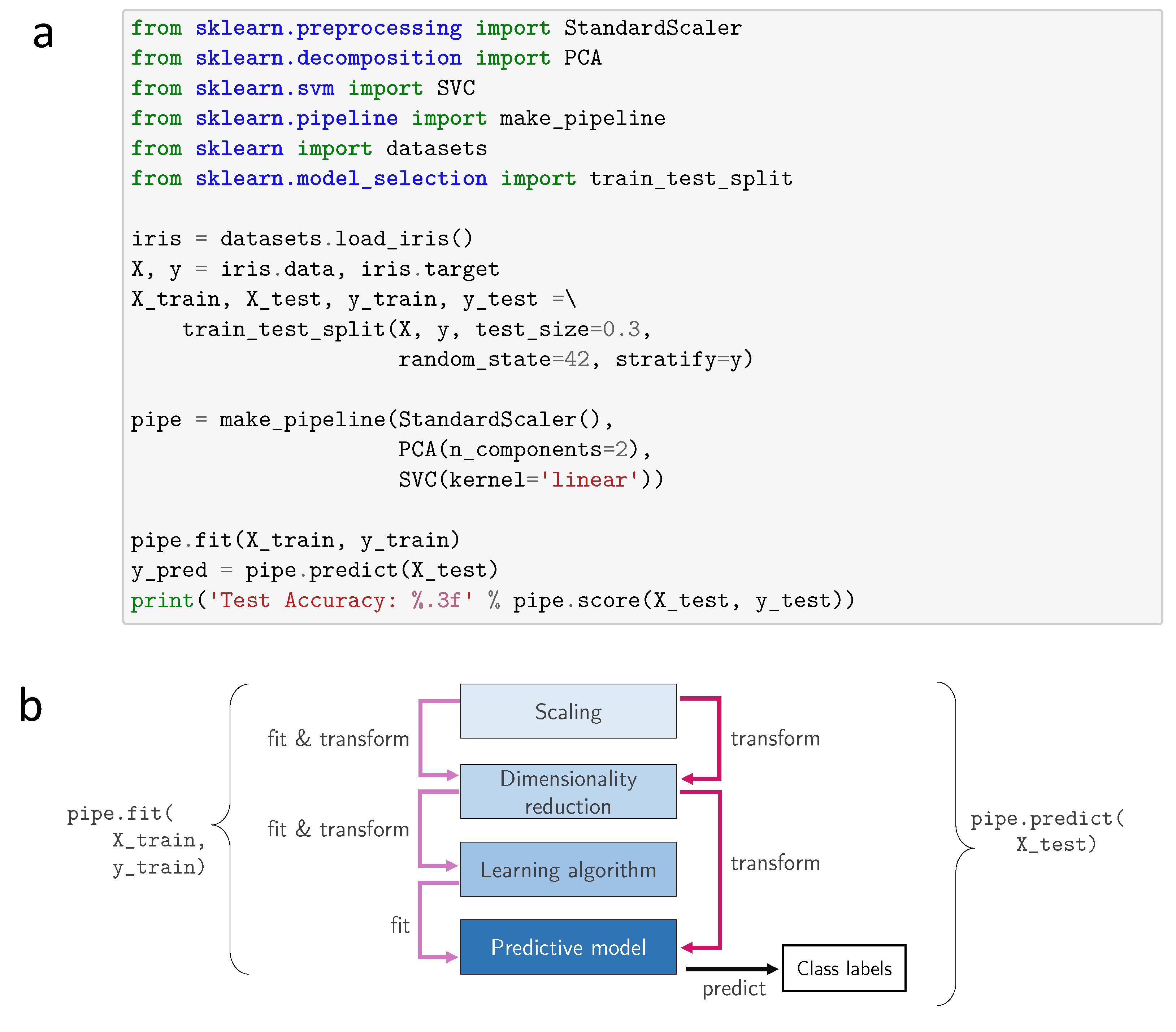
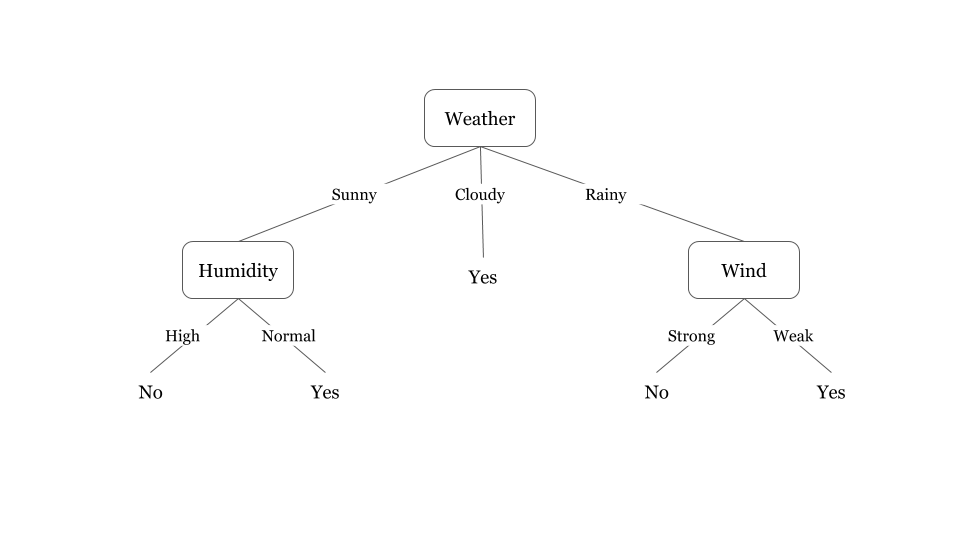
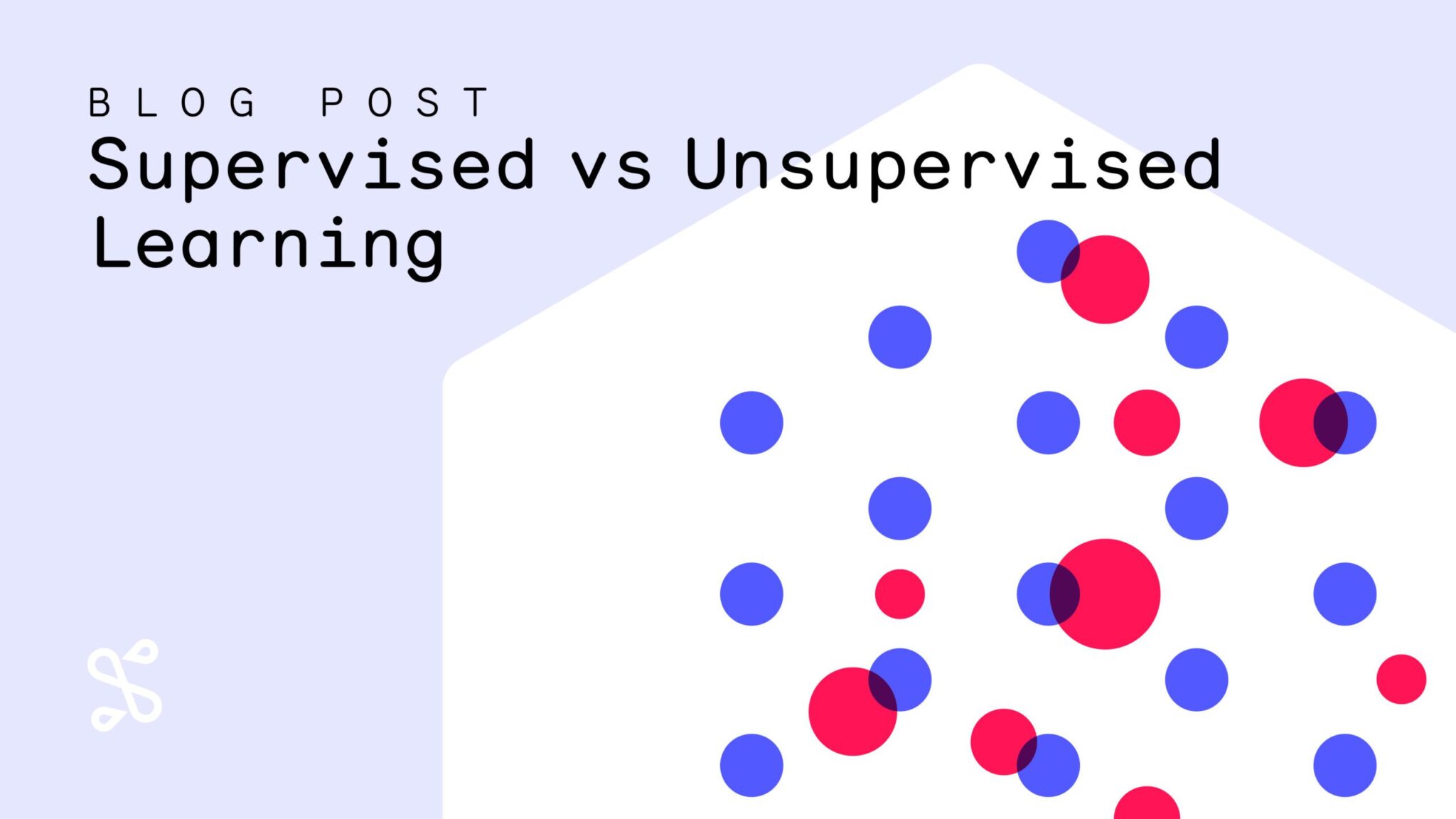

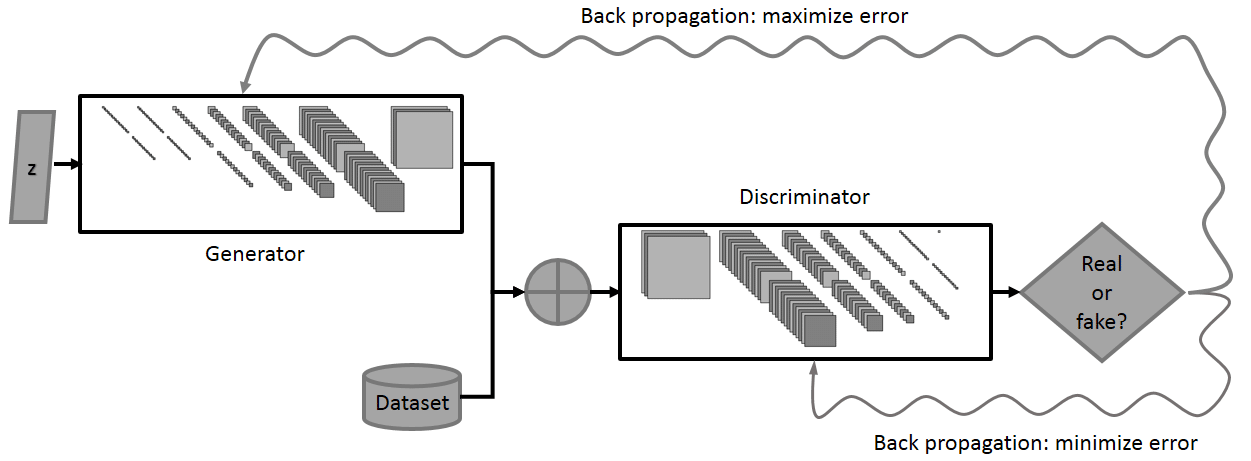
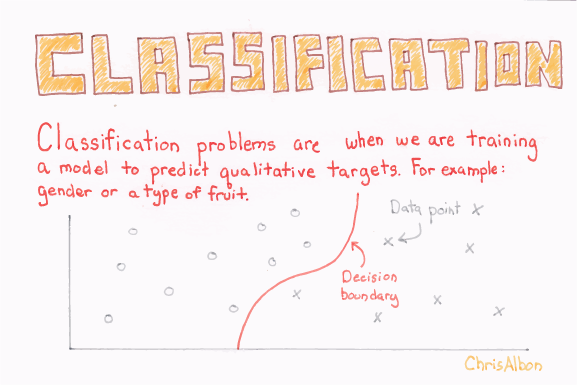
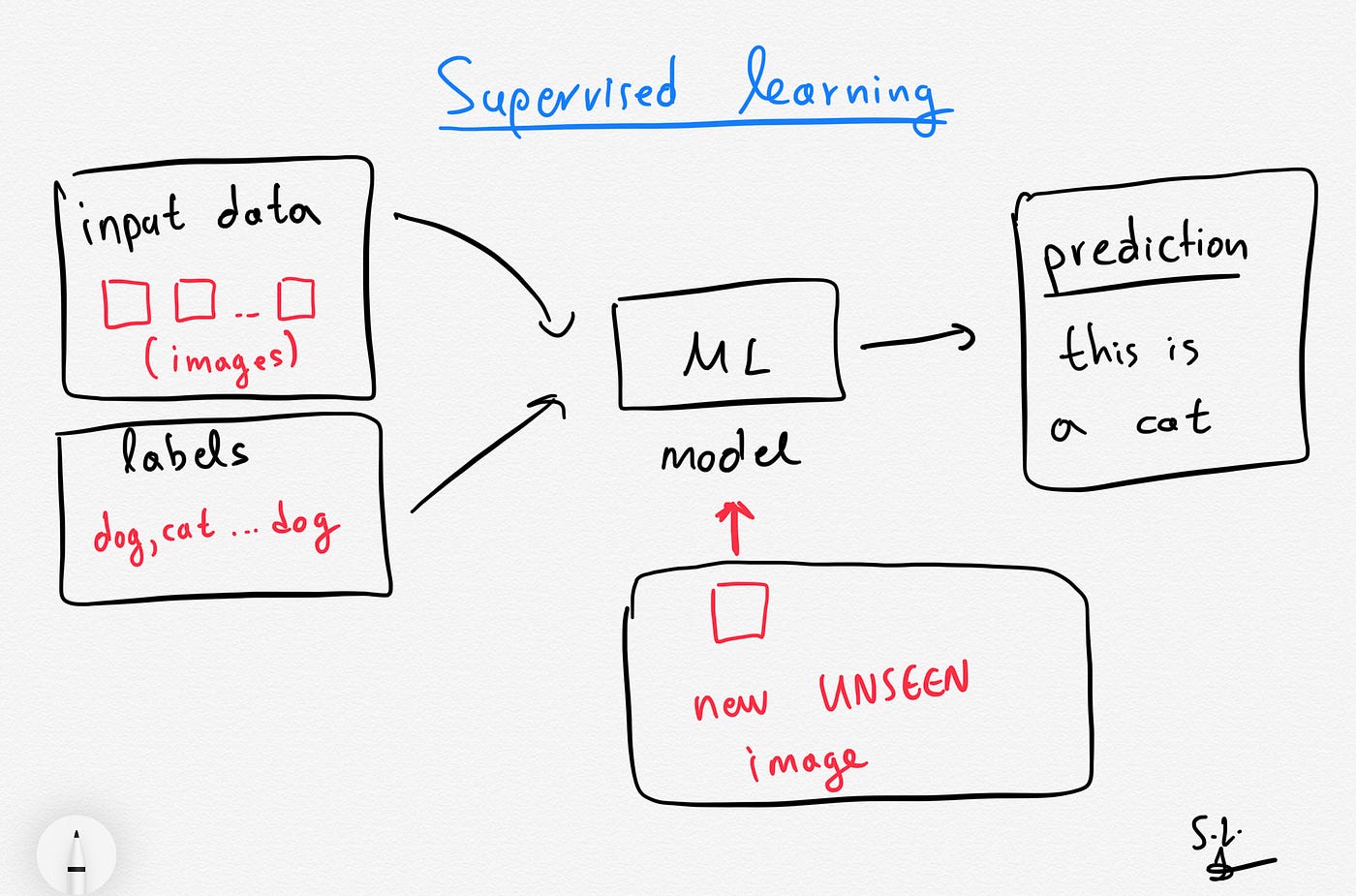

Post a Comment for "38 in supervised learning class labels of the training samples are known"